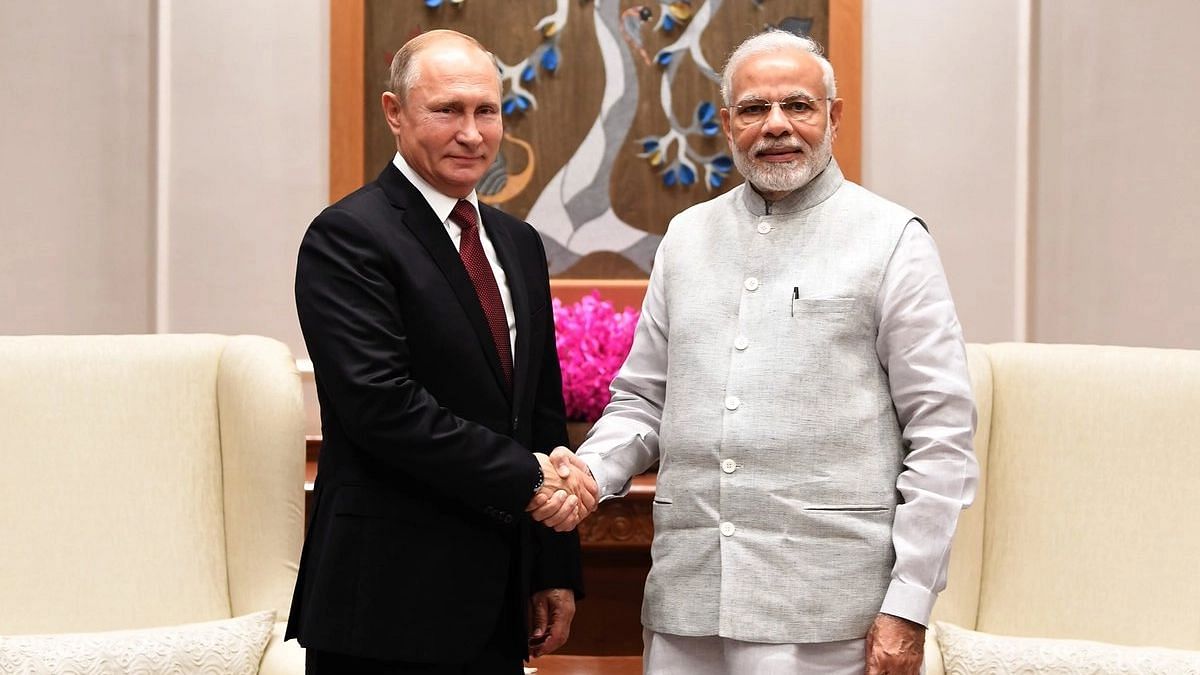 India and the former Soviet Union signed the ‘Treaty of Peace, Friendship and Cooperation’ in August 1971. It was one of the most significant documents signed by India since Independence
India and the former Soviet Union signed the ‘Treaty of Peace, Friendship and Cooperation’ in August 1971. It was one of the most significant documents signed by India since Independence
It is 50 years since India and the former Soviet Union signed the historic ‘Treaty of Peace, Friendship and Cooperation’ in August 1971. The treaty not only had a profound and long-lasting impact on the relations between the two nations but also altered the international power equations significantly.
The immediate cause that led to the signing of the agreement was increasing Pakistani ties with China and the United States, both of which were at that time hostile towards India. It was diplomatically and strategically one of the most important documents signed by India after Independence as the treaty helped India successfully tackle one of the greatest security challenges it ever faced. Moreover, the treaty had a big role in India achieving its target of breaking up Pakistan, leading to the creation of Bangladesh.
One of the major reasons for India to sign the treaty was to seek a guarantee from the Soviet Union against the possible entry of China into the conflict on the side of Pakistan. Article IX of the treaty said: ‘In the event of either Party being subjected to an attack or a threat thereof, the High Contracting Parties shall immediately enter into mutual consultations to remove such threat and to take appropriate effective measures to ensure peace and security of their countries’.
During the India-Pakistan war of 1971, India was facing security threats from Pakistan’s allies the US and China. When the war started in December 1971, the US navy tried to threaten Indian security. However, the Soviet Union dispatched a nuclear-armed flotilla from its Pacific Fleet based in Vladivostok, in support of India.
During the signing of the treaty, the Indian Government was led by Prime Minister Indira Gandhi and Soviet Union by General Secretary Leonid Brezhnev. The treaty was a landmark in the evolution of Indo-Soviet relations and also created a positive sentiment for the Soviet Union in Indian decision makers as well as the people and added to the traditionally warm relationship, especially in the security sphere.
In the subsequent years, Soviet Union became India’s biggest supporter in global politics. In addition, India began looking at Soviet Union as the leading supplier of advanced arms and equipment for its armed forces. In fact, the strategic partnership between the two countries was based on politics, defence, civil nuclear energy, anti-terrorism cooperation and space. In later years, another factor, economic, also gained prominence in the ties. After the treaty came into force, cooperation between India and the Soviet Union bloomed and the following two decades are considered the golden age of the bilateral relationship.
Later, after the formation of Russian Federation, the Indo-Soviet treaty was replaced by the ‘Treaty of Indo-Russian Friendship and Cooperation’. Meanwhile, the process set off by the treaty of 1971 continues to this day, with India and Russia engaged in several joint military programmes such as BrahMos cruise missile, Fifth generation fighter jet and Sukhoi Su-30MKI.


